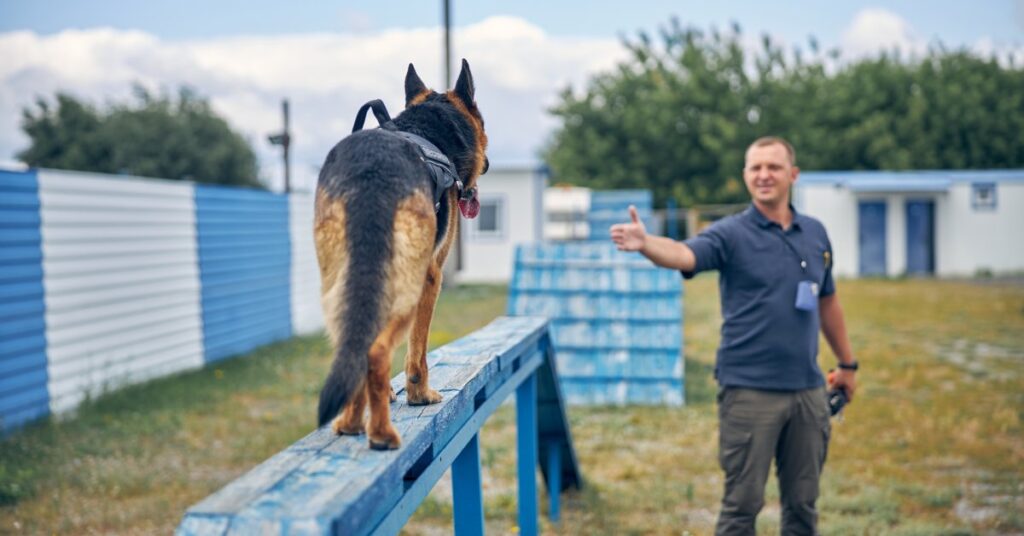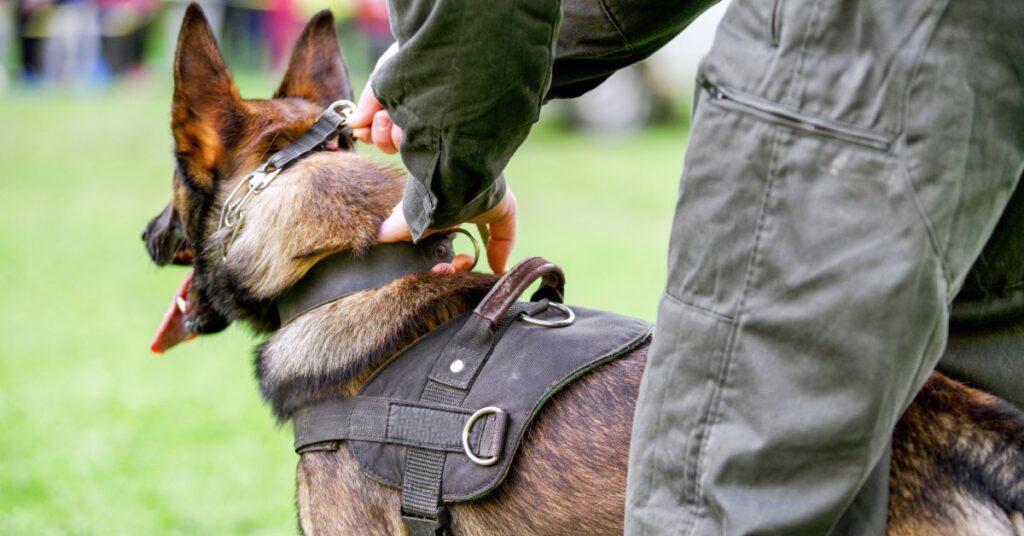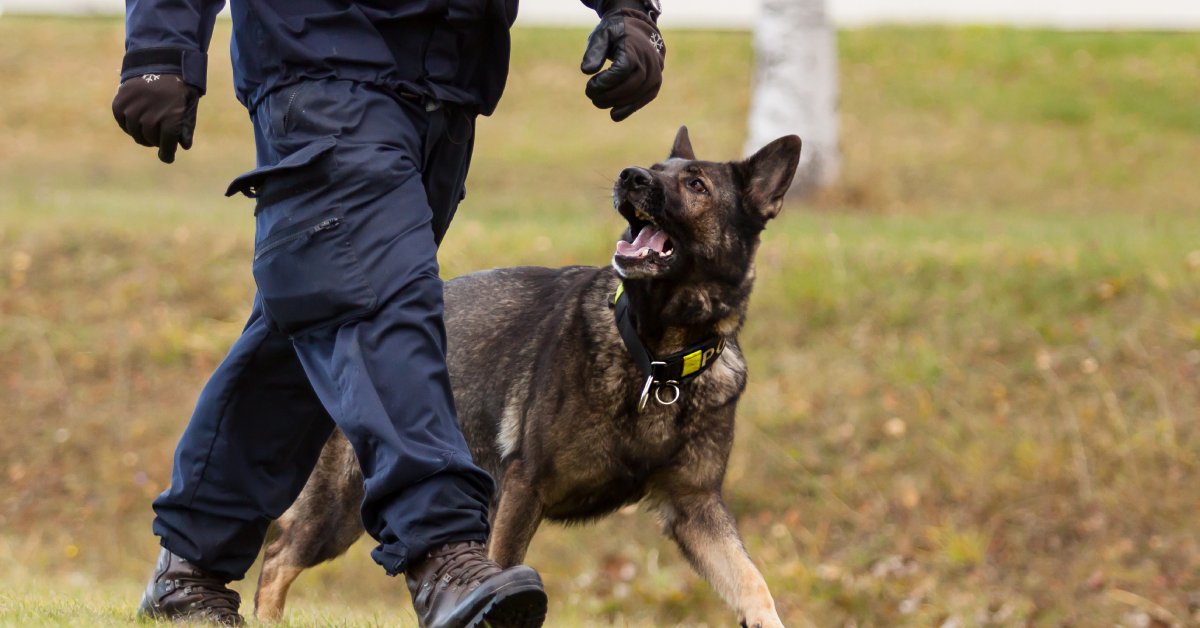You dedicate countless hours to training your K9 partners. You run drills, practice scenarios, and build a bond that is essential for effective fieldwork. Yet sometimes, there are gaps in performance, moments of hesitation, or a lack of reliability under pressure. These inconsistencies can be a source of frustration and, more importantly, a safety concern for the handler and the public.
This challenge often points back to one core principle: consistency. Every interaction, command, and reward shapes your K9’s understanding and response. Without a steady, predictable approach, a dog can become confused, anxious, or unsure of what is expected. This can undermine even the most advanced training protocols.
This guide will explore why consistency is crucial for K9 dogs in training. We will look into the cognitive science behind how dogs learn and offer practical strategies for building a reliable, confident K9 partner. By focusing on this principle, you can create a stronger bond and achieve the high level of performance your department depends on.
The Canine Mind: How Dogs Learn Best
To understand the need for consistency, we first must look at how a dog’s brain processes information. Dogs are creatures of habit and thrive on predictability. Their learning is primarily associative; they connect specific cues with specific actions and outcomes.
Building Reliable Associations
A dog learns that the command “Sit” means to place its rear on the ground through repeated association. When the handler says the word, the dog performs the action and receives a reward, like a treat or praise. Over time, this connection becomes a strong neural pathway.
If the standards for “Sit” change—sometimes it’s a full sit, other times a partial one—the association weakens. The dog becomes uncertain about what the cue truly means, leading to a hesitant or incorrect response.
The Role of Predictability
Predictability lowers a dog’s cognitive load. When a K9 knows what to expect from its handler and its environment, it can focus its mental energy on the task at hand.
Inconsistent signals or commands create a state of uncertainty. This forces the dog to expend mental resources trying to decipher the handler’s intentions, which can lead to stress and a decrease in performance, especially in high-stakes situations.
Reinforcement: The Fuel for Behavior

Positive reinforcement is a powerful tool in any training program. However, its effectiveness hinges on how consistently it is applied. Inconsistent reinforcement schedules or criteria can create confusion and diminish a dog’s motivation to perform.
Clarity in Rewards
Your K9 needs to understand exactly which behavior earned the reward. If a reward is delivered inconsistently—sometimes for a fast, precise action and other times for a slower, less accurate one—the dog will not learn to strive for excellence.
The criteria for reinforcement must be clear and unwavering. For detection work, this means rewarding only when the dog shows the correct final indication at the source of the odor—every single time.
Maintaining Motivation
Inconsistency can also lead to what is known as “extinction.” If a behavior that was previously rewarded is no longer reinforced, the dog will eventually stop offering it.
For example, if you occasionally forget to reward your K9 for a correct alert during a training session, the reliability of that alert will begin to fade. The dog may become less enthusiastic and slower to respond because the expected positive outcome is no longer guaranteed. Consistent reinforcement maintains the drive and eagerness to work.
Communication: A Two-Way Street
The handler-K9 relationship is built on clear communication. Consistency in commands, body language, and tone of voice is essential for the dog to understand its handler’s directives without confusion.
Precision in Verbal Cues
Every command should be given with the same word and tone each time. Using “Down,” “Lie Down,” and “Drop” interchangeably for the same action creates ambiguity. The dog must then try to interpret which word to respond to, slowing its reaction time. Conversely, a consistent vocabulary builds a clear and reliable communication system.
The Impact of Body Language
Dogs are masters of reading nonverbal cues. Your posture, hand signals, facial movements, and more can convey messages to your K9. Inconsistent body language can contradict your verbal commands, creating a mixed signal.
For instance, if you lean forward while giving a “Stay” command, you may inadvertently pressure the dog to move. Handlers must be mindful of maintaining consistent, deliberate body language that aligns with their verbal cues.
Consistency Across Handlers and Environments

In a departmental setting, a K9 may interact with multiple handlers or train in various locations. Consistency across these different contexts is vital for maintaining reliable performance.
Standardized Departmental Protocols
All handlers within a unit should use the same commands, reward systems, and handling techniques. When one handler allows a behavior that another corrects, the dog receives conflicting information. This can lead to the K9 behaving differently depending on who is at the end of the leash. Establishing and adhering to standardized training protocols is crucial for ensuring every dog in the unit performs reliably, regardless of the handler.
Generalizing Behaviors
A K9 must learn to perform its duties in any environment, from a quiet training room to a chaotic urban setting. This is achieved through a process called “generalization.” The dog learns that a command, like “Heel,” means the same thing whether on a grassy field or a busy sidewalk.
This process requires consistent standards. If you allow a loose heel in a low-distraction environment but demand a tight heel in a high-distraction one, the dog will not develop a reliable understanding of the command. The criteria for performance must remain constant across all environments.
Get Consistent Results With Balanced K9 Academy
Ultimately, consistency is crucial for K9 dogs in training because that’s how they learn. Being clear and unfailing across commands, environments, and trainers will help dogs understand their expectations and behave accordingly.
Fortunately, you can get support in this process. At Balanced K9 Academy in Huntsville, AL, we board and train K9 dogs. During their time in our care, they’ll learn from seasoned handlers who can reinforce commands and behaviors with perfect consistency. Build a better, stronger K9 force today with our help—reach out for more information.


